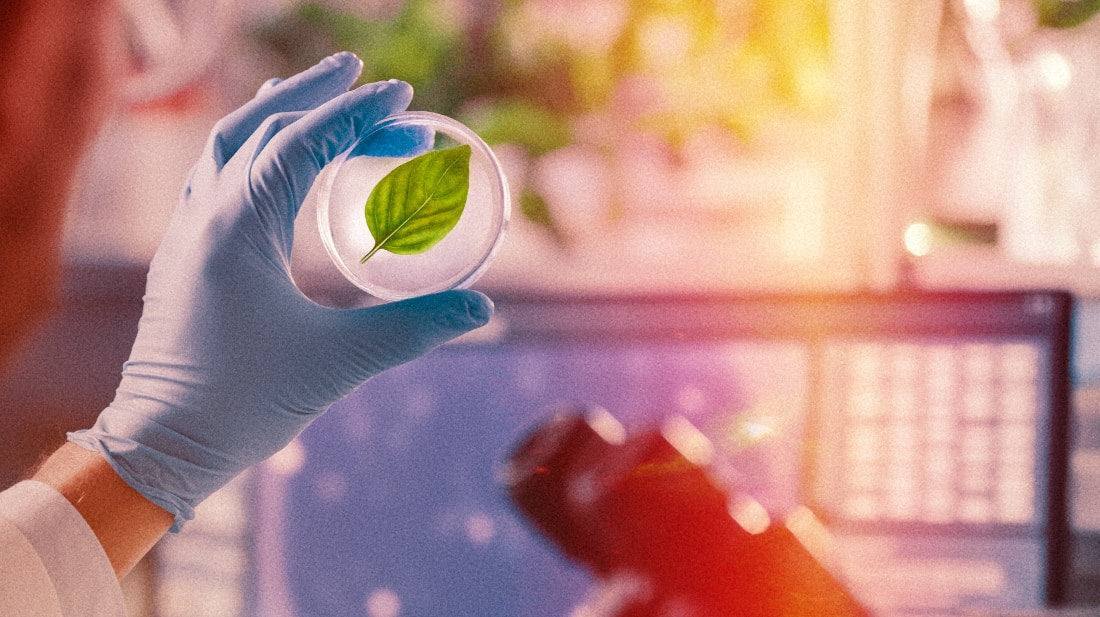Kava is a natural plant extract that has many benefits for anxiety and stress. It has been used in the Pacific islands for thousands of years, and since being discovered by western explorers it has been studied by scientists and reviled by the church.
The first mention of kava in Western literature was by Dutch navigators called Le Maire and Schouten, who traveled to Futuna (near Fiji) in 1616. In the 1840s, Kava was brought to Europe by Dutch merchants. British Captain James Cook brought it to England and Scotland in 1770, but it didn’t gain much popularity.
The traditional preparation of Kava on islands in the south Pacific involved having the kava root chewed into a wet pulp which was then spit out. This was a job assigned to virgins who would work for hours a day to prepare enough kava for the evening. The resulting mash of saliva and root was squeezed into a coconut shell and consumed only by the men.
This preparation disgusted the missionaries who brought christianity to the pacific islands so they proceeded to outlaw kava consumption. They succeeded in reducing and in some cases completely eliminating the tradition from these islands.
In addition to the sanitary concerns of kava’s traditional preparation was the historical accounts of kava that likened it to alcohol use, or opiates like laudanum. To make matters worse it tasted like rotten dirty water. Europeans didn’t really see much to like about it.
By the early 1900s, kava was still considered unsanitary and an intoxicant. But serious scientific research was starting to happen.
In World War I, the German Army became familiar with kava as an anxiety treatment. In fact, it was so effective at treating soldiers' anxiety that German doctors continued to prescribe it in World War II.
Through the 20th century, people were becoming more interested in natural products for medicinal use. Research on Kava and its effects came about through the 1930s, 1940s and 1950s as people once again became interested in using "natural" medicines instead of artificial ones.
Kava was one of many plants that were researched at this time period to learn more about its effects on humans.
In 1967 a study was conducted to test the toxicity of kava. For this study, a water extract of kava was administered to rats in varying doses. The rats were observed for several days, and no adverse effects were observed from any of the doses. In fact, the researchers noted that “all animals survived until termination without any evidence of toxicity or undue distress”.
In the 1990s, new research began to show that kava has a wide range of uses as an anti-anxiety agent, without being addictive or causing drowsiness. At this time, kava grows in popularity in the US and other western countries. Kava is also seen as a safe alternative to benzodiazepines (drugs like Valium), which come with the risk of addiction and dependence.
By 2000 Kava in tablet form was being consumed by 70 million people in Europe daily. It was also at that time that 83 people who had died of liver issues who were also taking kava. Europe swiftly enacted a ban on kava products.
Since 2000 much research has been conducted into hepatotoxicity of kava but little evidence has been found to support that hypothesis. Risk of liver toxicity to humans from consuming kava has been estimated to be 1 in 60 million. Kava has been cleared as being the cause of those 83 deaths both medically and legally. However the damage done to kava’s reputation would take time to recover.
Scientists discovered how the active ingredients in kava interact with various parts of the brain to produce relaxation, calmness and less anxiety, including interactions with dopamine receptors which cause anxiety when stimulated by certain neurotransmitters.
Dopamine is a neurotransmitter that causes feelings of pleasure or happiness when released during times of satisfaction or reward. It also triggers feelings of excitement and can lead to feelings of anxiety if there's not enough dopamine in your system at any given time.
Dopamine receptors are found throughout our brains: they're responsible for regulating mood, memory recall (short-term memory), movement coordination (fine motor skills), and learning new information. When these receptors are overstimulated by too much dopamine for too long – something most people experience every day – we can develop all sorts of mental health issues including depression or chronic stress/anxiety disorders like OCD (obsessive compulsive disorder).
Kava is not a sedative, it’s not addictive, it’s not a controlled substance. Kava will not make you sleepy or cause drowsiness, nor will it cause changes in blood pressure or heart rate. Kava is not a stimulant, narcotic or hallucinogen.
Kava has been used for centuries with minimal side effects and no long-term health risks—it's safe for adults to use responsibly as long as they're drinking high quality kava products from reputable sources (the best kava products are organic rootstocks grown on the islands where it's native).
I hope that you have found this post informative and interesting. I would like to thank all of the researchers who have done work to make kava more widely known.
